How to correctly cycle a freshwater aquarium
When setting up a new aquarium, we always aim to create a healthy and thriving environment for our fish. The cycling process is an integral part of creating that ecosystem. Cycling your aquarium involves creating the biological filter of beneficial bacteria that allow your aquarium to sustain life by breaking down waste materials, such as ammonia and nitrate. This article will discuss the steps involved in correctly cycling a freshwater aquarium.
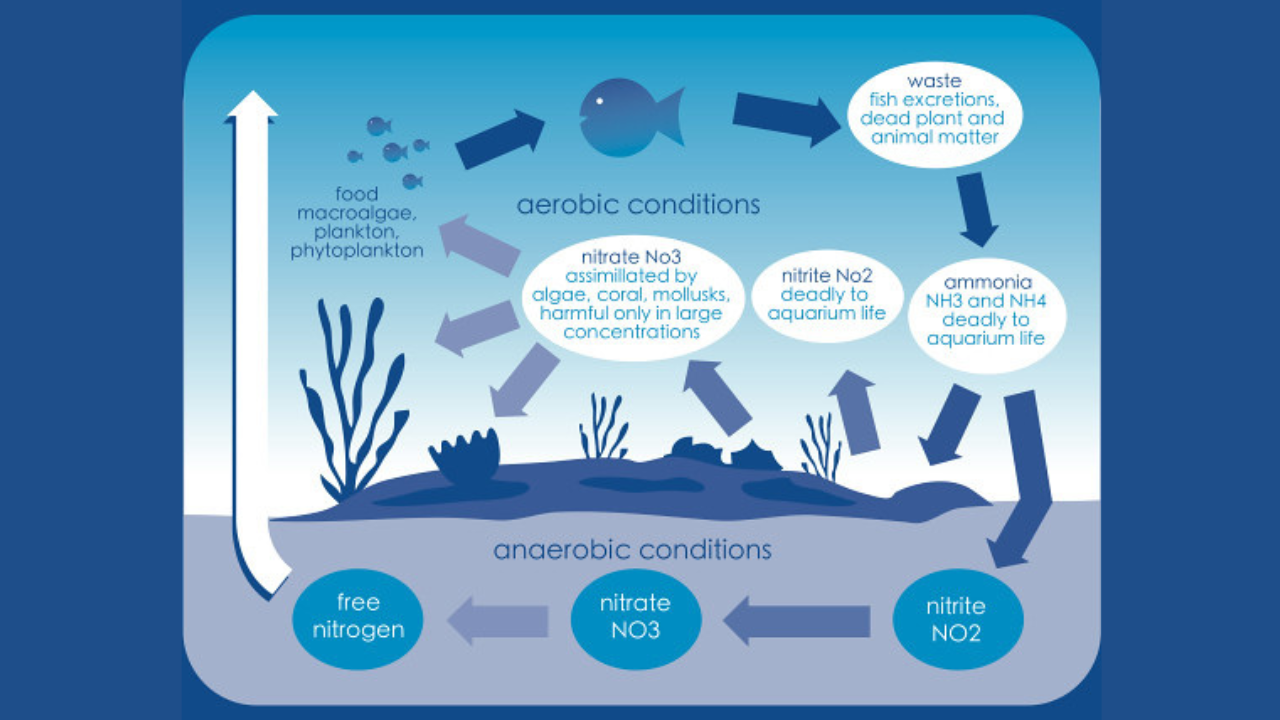
The Nitrogen Cycle: Simple Step-by-Step Guide For Beginners
We must cover the basic steps of the nitrogen cycle before going any further. The nitrogen cycle is the process of converting ammonia and nitrites into nitrates through the use of beneficial bacteria. This process is necessary for keeping a healthy, fish-safe environment in your aquarium. Fish produce waste, which needs to be broken down before it becomes a health issue for your fish.
A new aquarium with no beneficial bacteria present would not be capable of processing freshwater fish waste, and eventually, this would result in an unhealthy aquarium. Fortunately, this can be avoided by adequately preparing the aquarium and establishing a healthy bacteria colony. As tempting as it is to add fish as soon as we fill a new tank with water, patience is the key to success.
The Nitrogen cycle can be broken down into the following steps. First, ammonia is produced by fish waste and uneaten food. Ammonia is highly toxic to fish, so it needs to be converted into nitrites. Nitrifying bacteria in the aquarium convert ammonia into nitrites. Then, these nitrites are converted into less toxic nitrates by a different type of beneficial bacteria. Finally, regular water changes reduce the number of nitrates in the aquarium, which helps to prevent them from becoming toxic.
How long does the Nitrogen cycle take?
On average, the Nitrogen Cycle will take 4-8 weeks to complete. However, this can vary depending on a few factors. When introducing new fish in our aquarium, we should ensure they are appropriately acclimatized and well-quarantined to avoid any potential diseases spreading throughout the system. The amount of light and water flow within the aquarium can also affect the speed of the Nitrogen cycle. The more aerobic (oxygen-rich) the environment, the faster bacteria can break down ammonia and nitrite. Regular water changes during this period should help remove any remaining toxic substances from your tank.

How can we help this process called nitrification?
There are steps we can take to help the nitrification process. First and foremost, regular water changes are essential - they remove waste and toxins like ammonia and nitrites that can accumulate in an aquarium. Additionally, providing plenty of oxygenation is essential since both bacteria require oxygen to carry out their roles in the nitrogen cycle.
Along with regular maintenance, we can avoid overstocking our aquariums. By maintaining a safe level of fish within our aquarium, we will not overload the nitrifying bacteria with fish waste. We must only ad a few fish at a time to avoid overloading the nitrifying bacteria.
We can also manually add cultured bacteria or bottled bacteria ourselves. Many products available to the modern fishkeeper have millions of live nitrifying bacteria ready to colonise your aquarium and go to work removing the harmful bacteria.

What Is the Fastest Way To Cycle a Freshwater Tank?
To cycle a fish tank takes patience, and we should not rush this stage of the tank setup process. There are ways to speed up the Nitrogen Cycle. To ensure a healthy environment for our fish, we must use live plants or an appropriate filter system to introduce beneficial bacteria into the aquarium. We can add natural waste or matured filter media from another established tank to jumpstart bacterial growth. This should be done by adding a small amount of gravel or filter material from the established tank, containing essential bacteria needed to mature your new fish tank. Additionally, we can use commercial bacterial additives specifically designed for aquariums. These products should be used sparingly and carefully according to the label instructions. Finally, it is essential to feed our fish correctly. Overfeeding can cause fish waste and uneaten food to become stuck in the gravel, contributing to toxic conditions. Regular water changes are a must, as such changes will help keep the Nitrogen Cycle going. These steps should be taken to ensure our aquariums remain healthy for our fish.
What is new tank syndrome?
You may have heard this term being quoted at your local fish club or within online communities and wondered what it means. New tank syndrome is a condition that can occur when an aquarium is first set up. It occurs primarily due to the lack of beneficial bacteria colonies for the Nitrogen Cycle to take place and keep water quality healthy. Symptoms of new tank syndrome include cloudy water, high levels of ammonia or nitrite, or algae blooms. This condition can be dangerous for your fish, leading to illness or death.
The best way to avoid new tank syndrome is to ensure all the necessary steps are taken when setting up your aquarium. If you follow these steps, you can help ensure that beneficial bacteria colonies have been established and will be able to keep the Nitrogen Cycle going.
How do I know my tank is ready for fish?
So you think your fish tank cycle is complete and ready to add fish? At the end of a fish tank cycle, your ammonia and nitrite levels begin to drop while your nitrate levels rise. If both ammonia and nitrite levels are at zero, then you know that your fish tank cycle is complete! You should also check the pH level of your water to ensure it is suitable for the type of fish you plan on keeping. Fish tanks can be a lot of work and stressful initially, but if you have made it this far, its time to add some fish!
How to correctly add fish to a freshly cycled aquarium.
Adding the first fish to your newly-cycled aquarium is a big moment, and it is essential to do it correctly. You should start with small, hardy fish that can withstand the parameters of your tank. These may include fish such as Zebra Danios, Glowlight Tetra or Platties. When adding the fish to the tank, you should remember to drip acclimate them. This involves slowly adding a cup of aquarium water every few minutes until the fish has been in the tank for 30 minutes. Doing this will help to reduce shock and stress on your new fish. After acclimating the first fish, you can add additional ones as needed. It is important to remember not to overcrowd your tank with too many fish. This can lead to increased stress, lower water quality, and put the health of your fish at risk. Furthermore, be sure to monitor the aquarium parameters regularly and adjust as necessary. With proper care and maintenance, you can ensure a healthy environment for your new fish.
Can you cycle an aquarium with a fish present?
A lesser-known approach to the cycling process is adding a few fish initially. This process is a bit controversial and delicate, however. You must follow the same steps as a normal cycle to cycle an aquarium with fish. It's also essential to monitor ammonia and nitrite levels more closely and perform regular water changes to ensure they don't become too high. Additionally, adding a stress coat and aquarium salt to the water is advisable to help the fish cope with fluctuating water chemistry. It's also essential to perform these steps gradually to not shock the fish. Ultimately, it is possible to cycle an aquarium with the fish present, but many experienced aquarists recommend waiting until after the cycle is complete to add fish. This will help ensure your tank remains safe and healthy for its inhabitants.
Why is water chemistry so important?
An old fishkeeper once stated, "Before we master fish keeping, we must first accept that keeping aquarium water healthy should be our main goal". Think about that for a second. A fish's well-being is directly affected by the quality of the water they live in. Elements such as (pH, alkalinity, calcium, nitrite, nitrate etc.) must be kept balanced; if it isn't, this can cause stress and illness in our fish. Monitoring your aquarium's parameters regularly ensures that our fish are kept in ideal and safe conditions. Proper water management is key to maintaining healthy aquariums. Regular water tests should be done to check the levels of ammonia, nitrite, nitrate and other chemical parameters that might put fish at risk of poor health or even death if left unchecked. Doing so ensures the aquarium water is clean and free of harmful organisms. Additionally, regular water changes are essential for removing organic waste and replenishing essential minerals.
Most local fish stores (including The Fish Room) stock a range of products to help you keep your tank's water quality on point.
What should a freshwater aquarium test kit include?
The standard commercial test kit will include ammonia, nitrite, nitrate, pH and hardness tests. Some kits may also include tests for phosphate and alkalinity. Adding a test kit to your aquarium maintenance routine will help you monitor your aquarium's water quality and ensure everything is balanced to keep your fish healthy.
One last thing.
Ongoing aquarium maintenance should be carried out either weekly or every other week. Regular water changes and carefully monitoring your fish tank's environment are essential for a healthy, thriving aquarium. When cleaning your filter media, NEVER use tap water to rinse out media. Always fill a bucket with existing tank water for this purpose. This will maintain the bacteria colony and avoid killing off the beneficial bacteria, causing your aquarium to crash and begin the cycle process again.


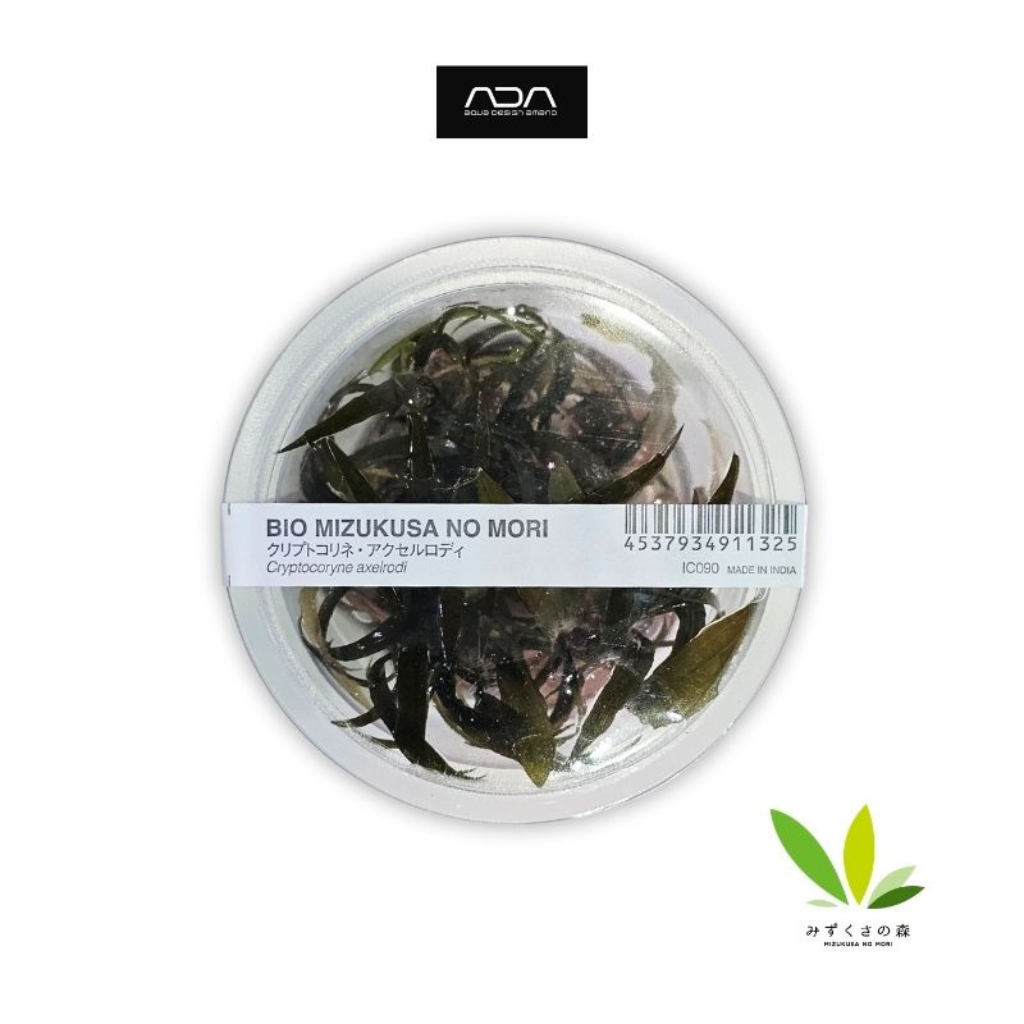
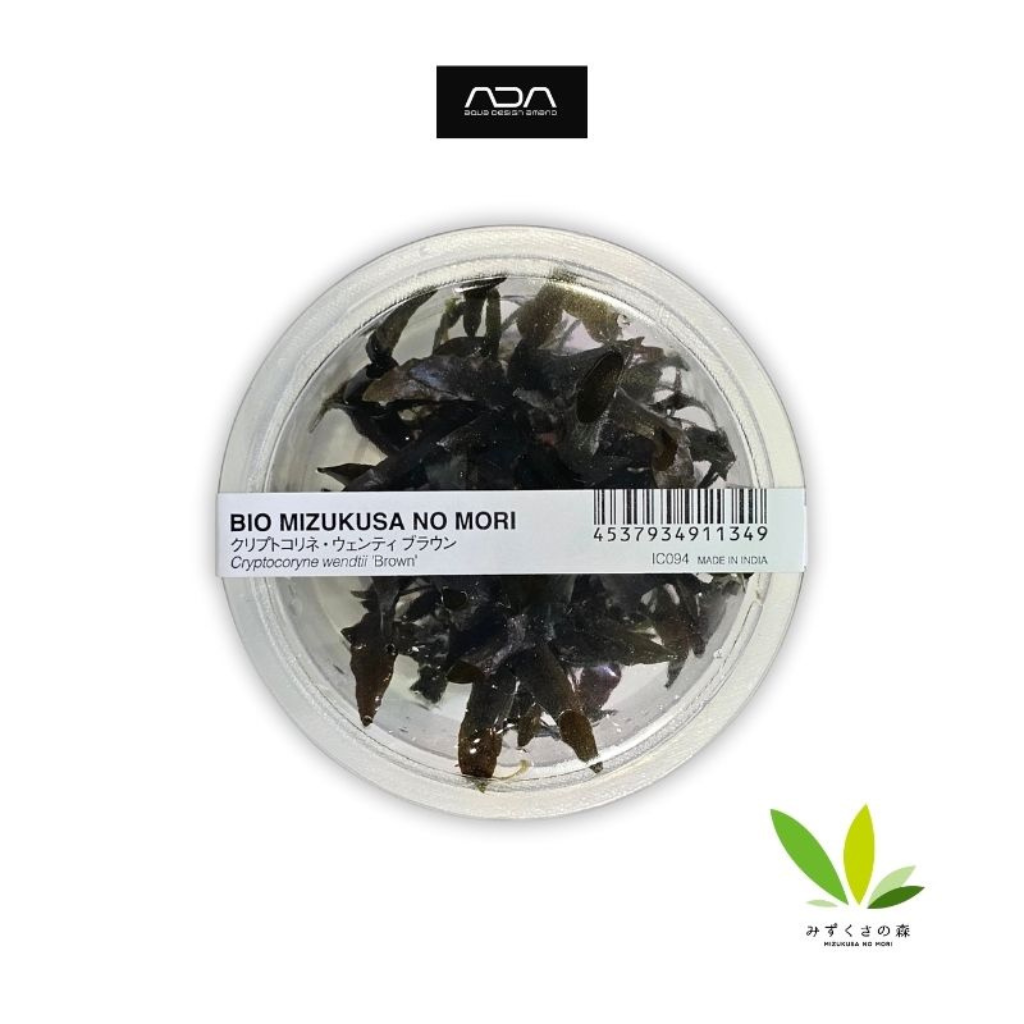
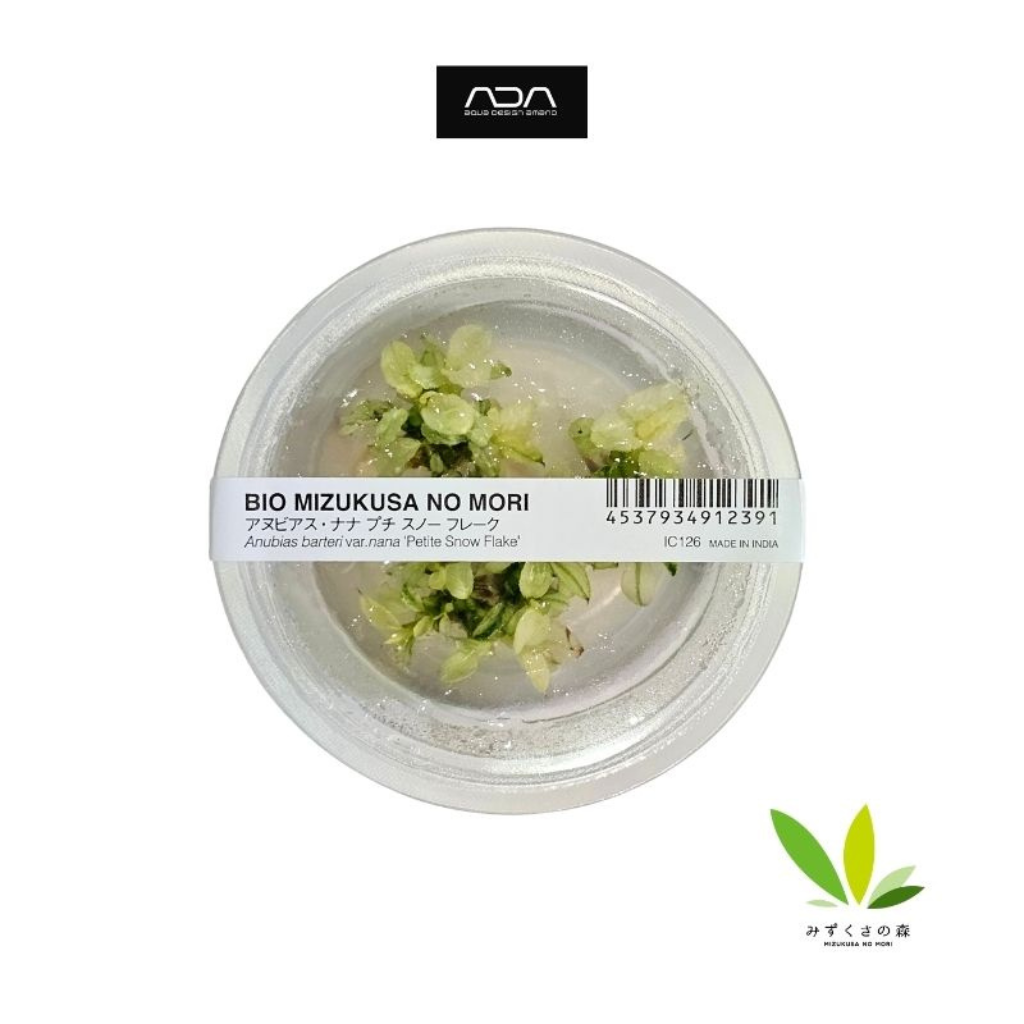

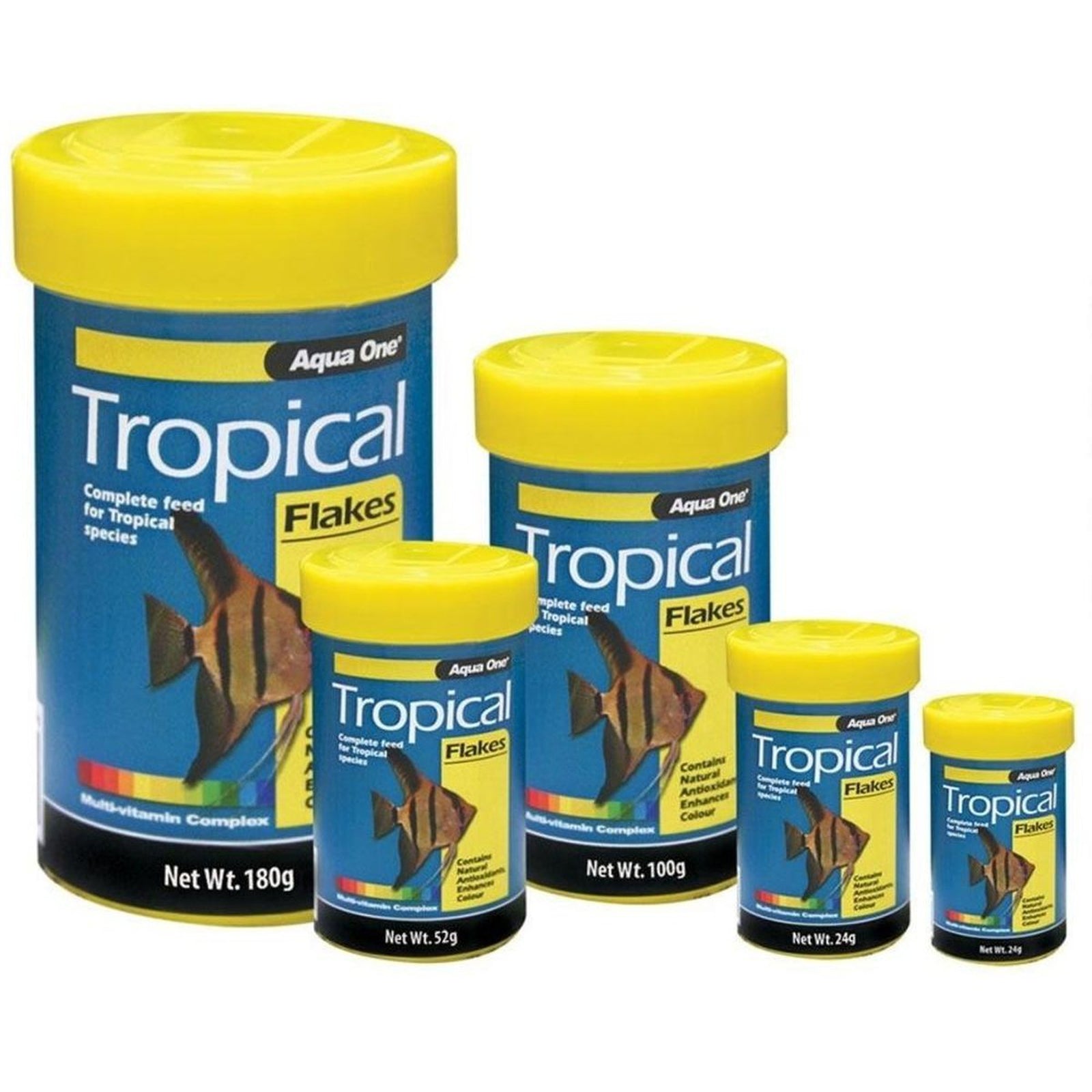
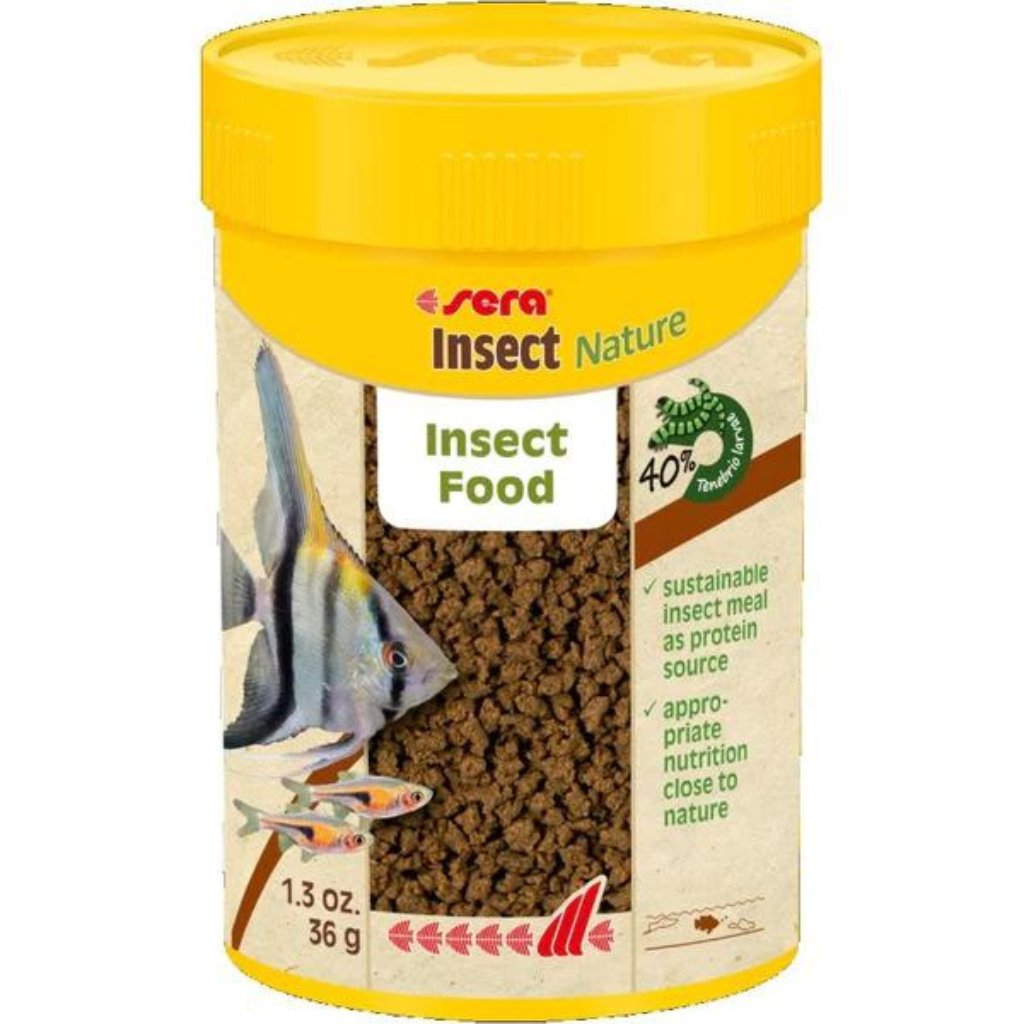
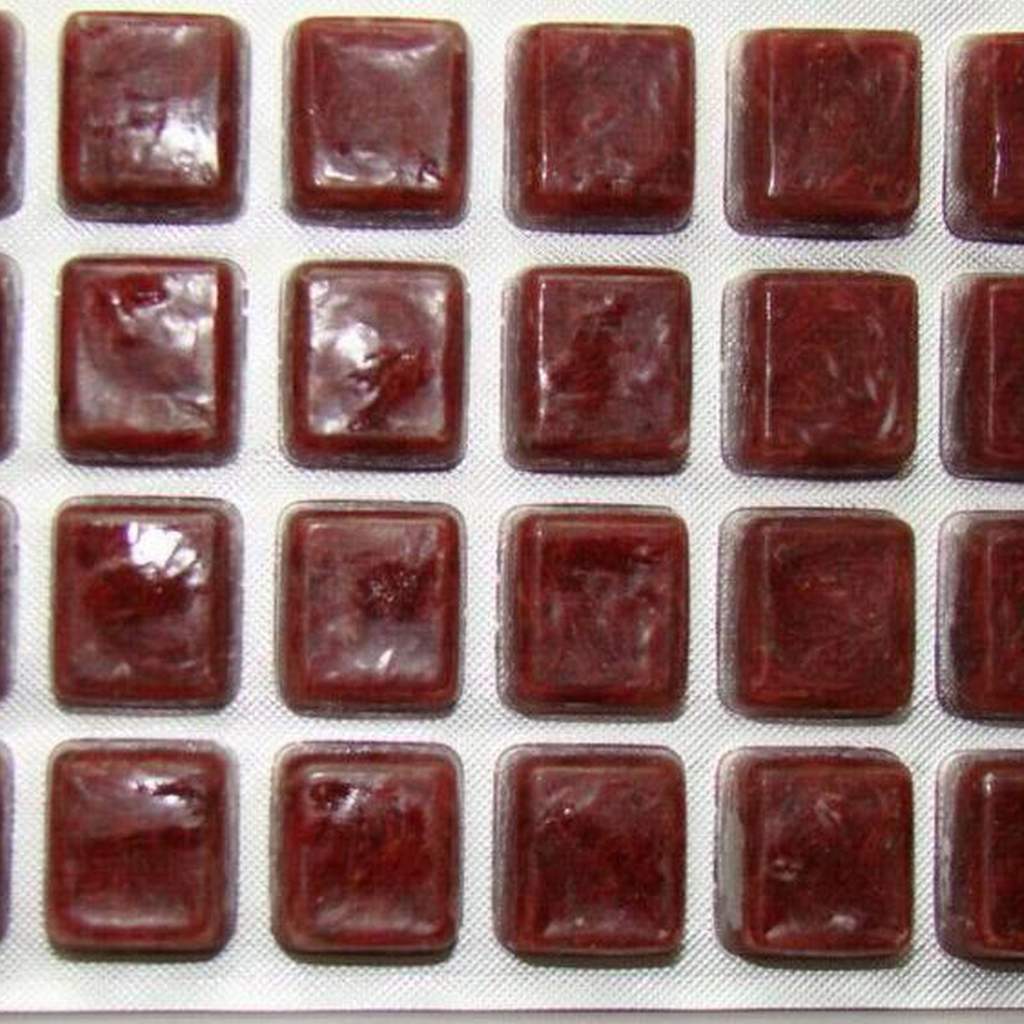
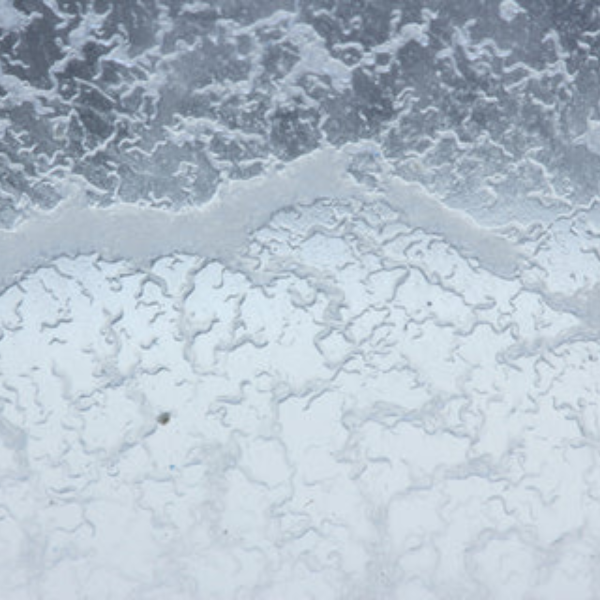
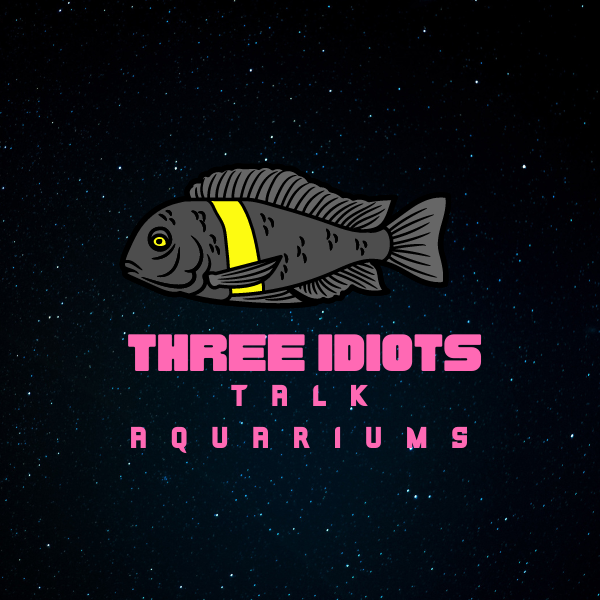



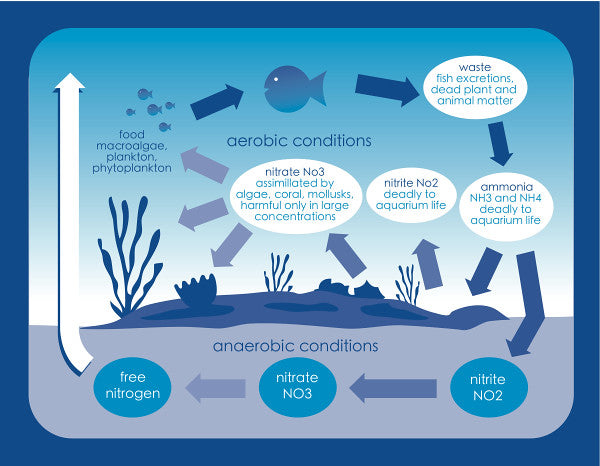
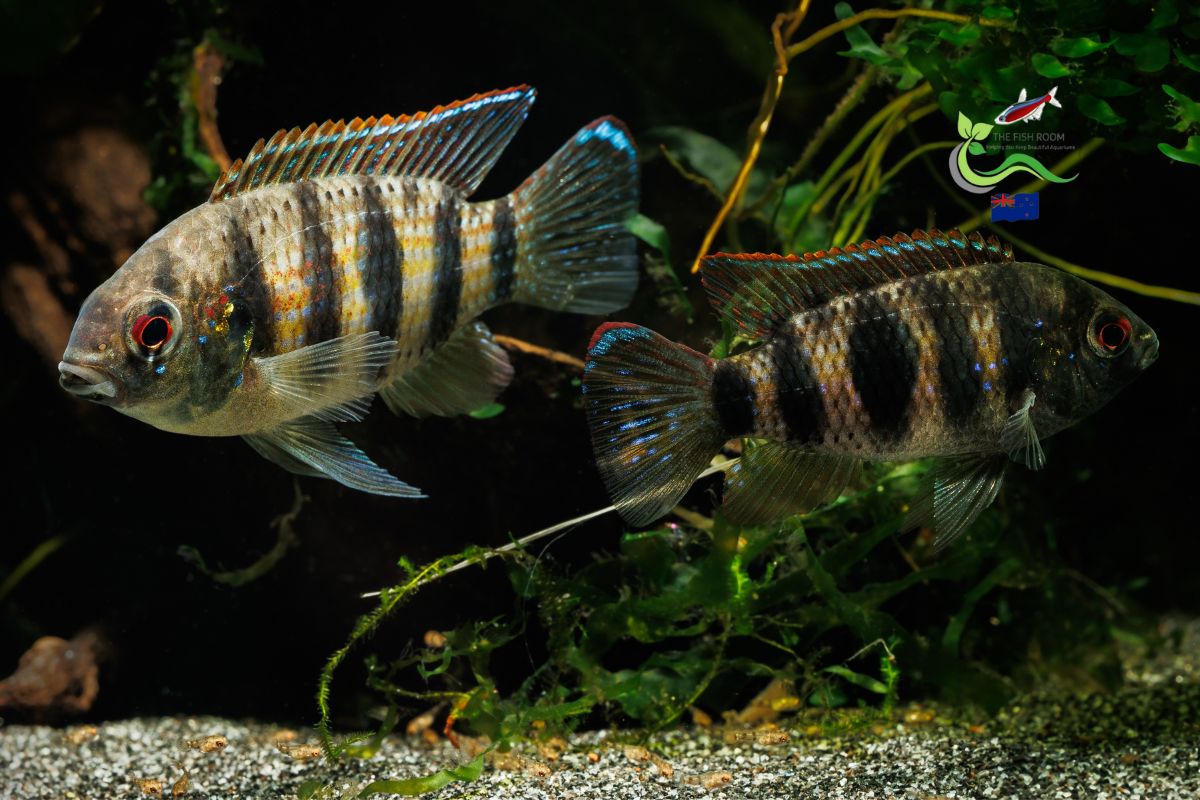
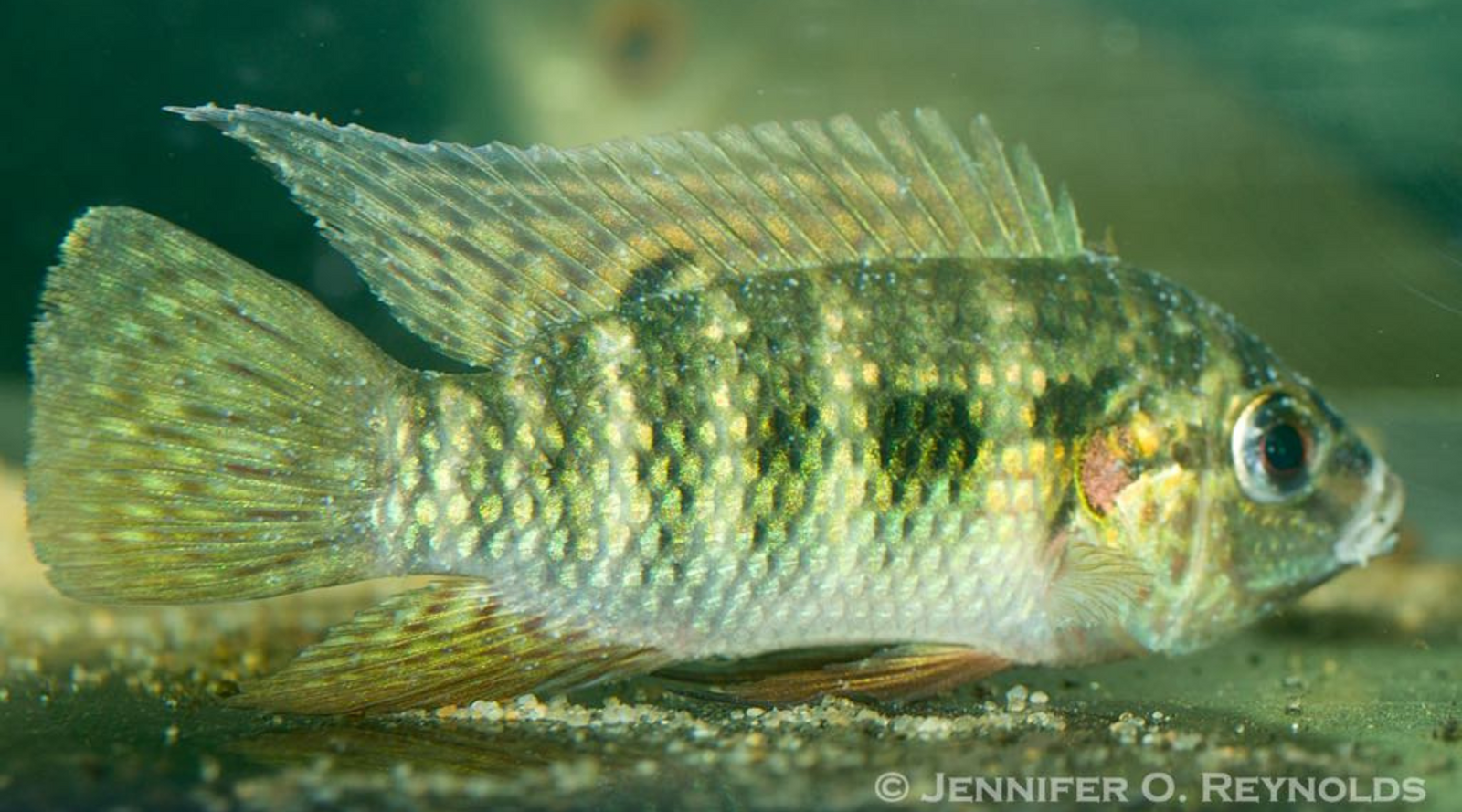
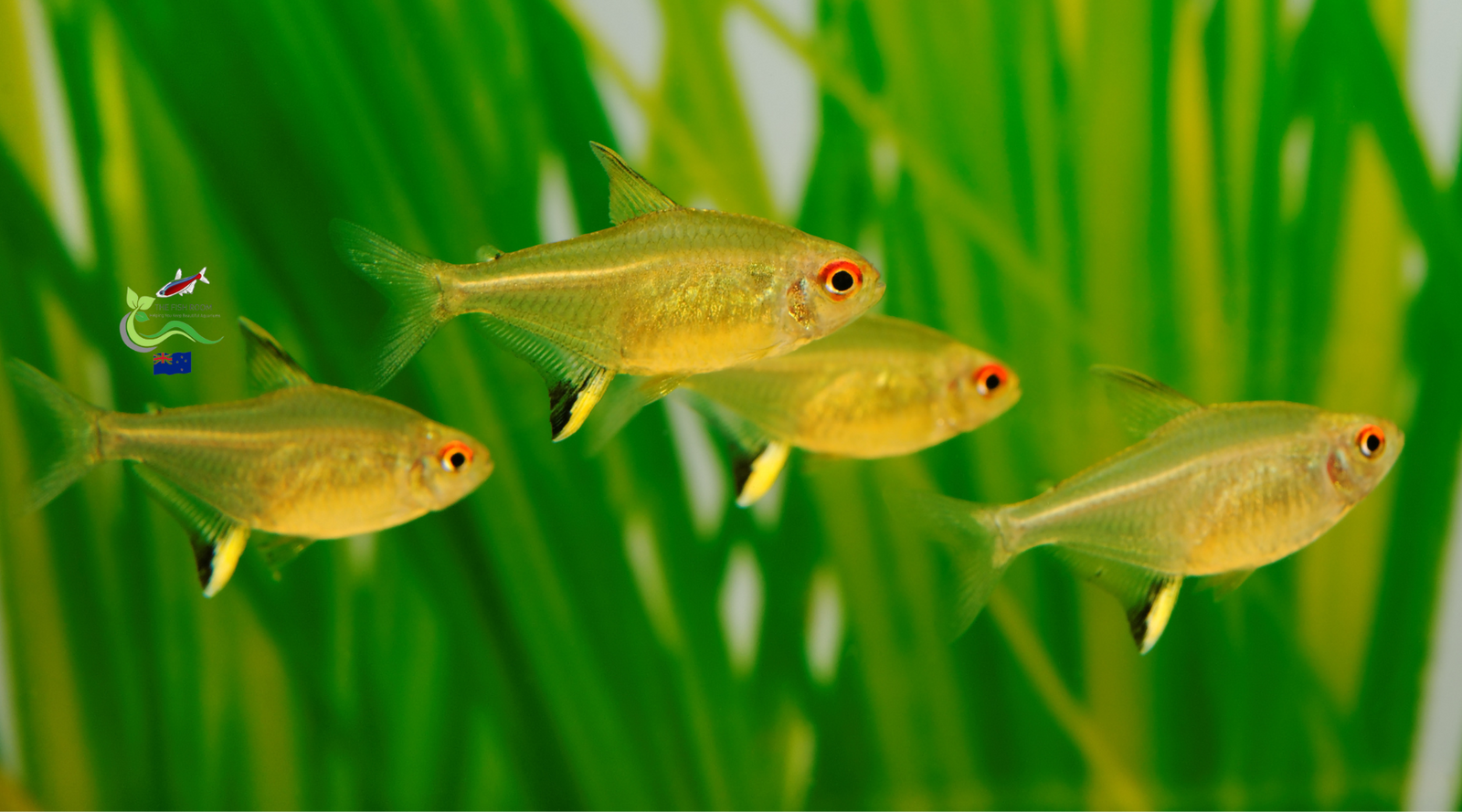
Toby
March 21, 2023
You can wash media under tap water, studies have shown that it takes around an hour and a half to actually damage the bacteria of straight clorine exposure. Prime time aquatics covered it, he is very much qualified too, he has degrees in aquaculture, microbiology, etc.